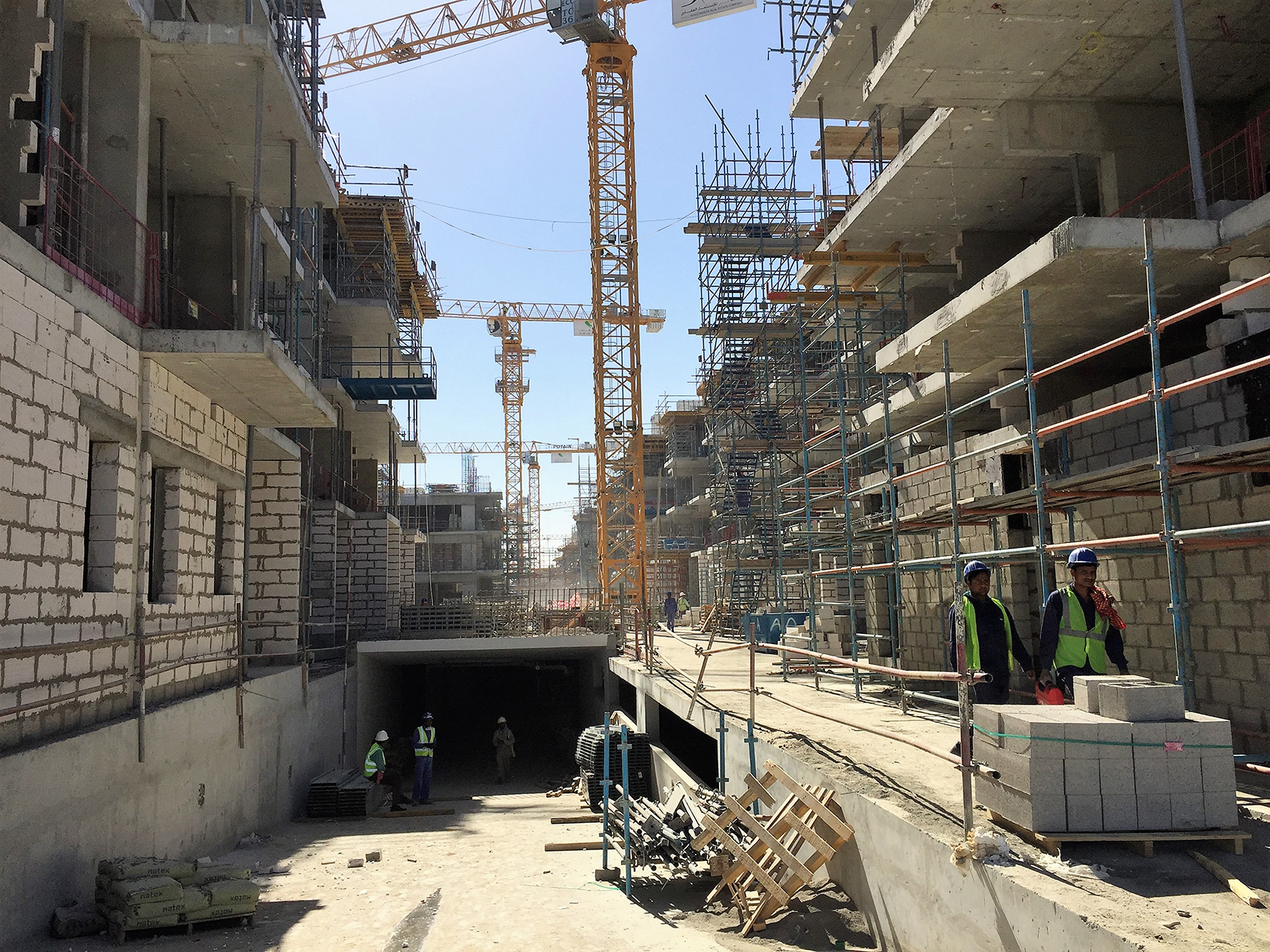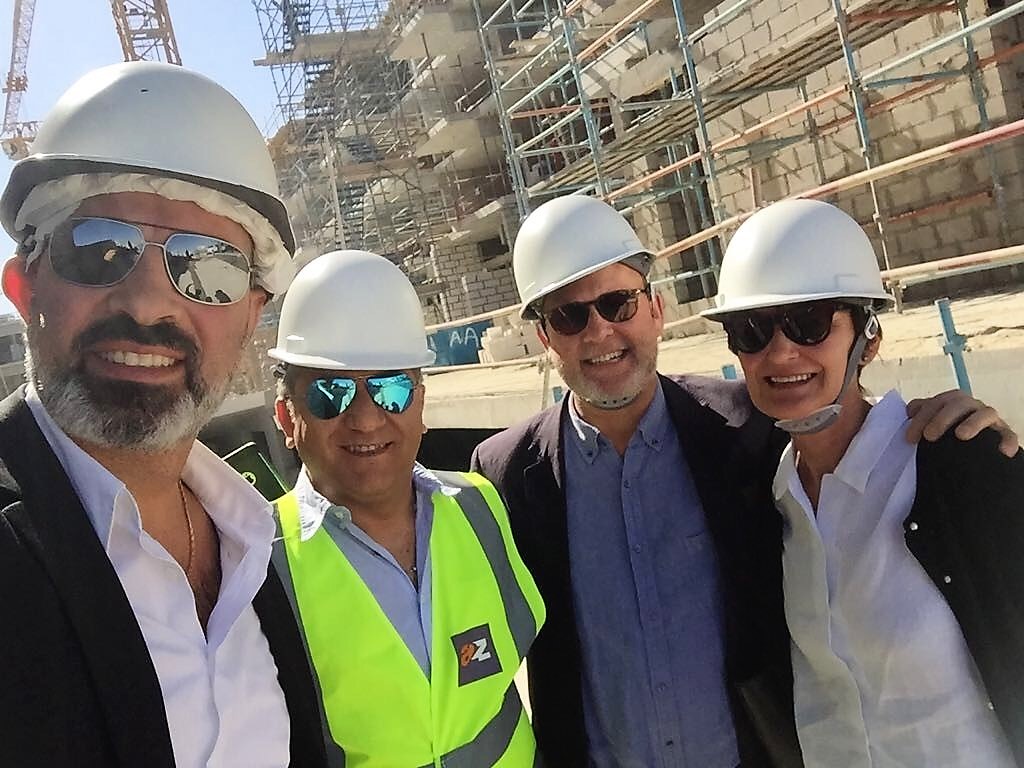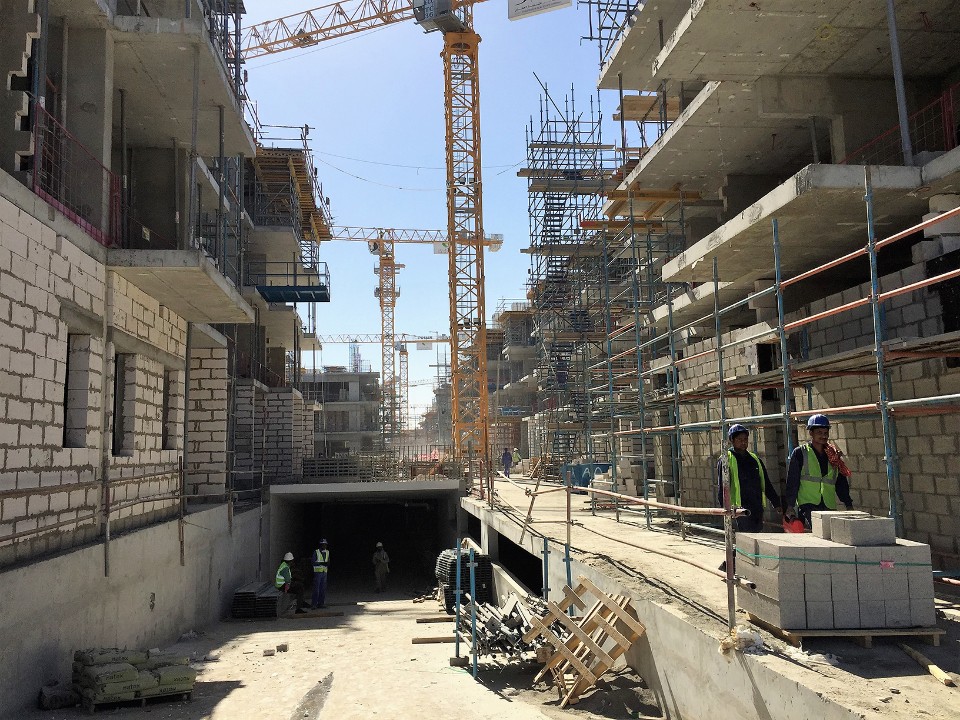Design in development for plot with amazing harbour view
The best view in St Ives from the Malakoff bus station building. JDA start concept design work for regeneration & conversion of building to café, restaurant & boutique hotel rooms. 10,000ft2 of space to be designed & regenerated.
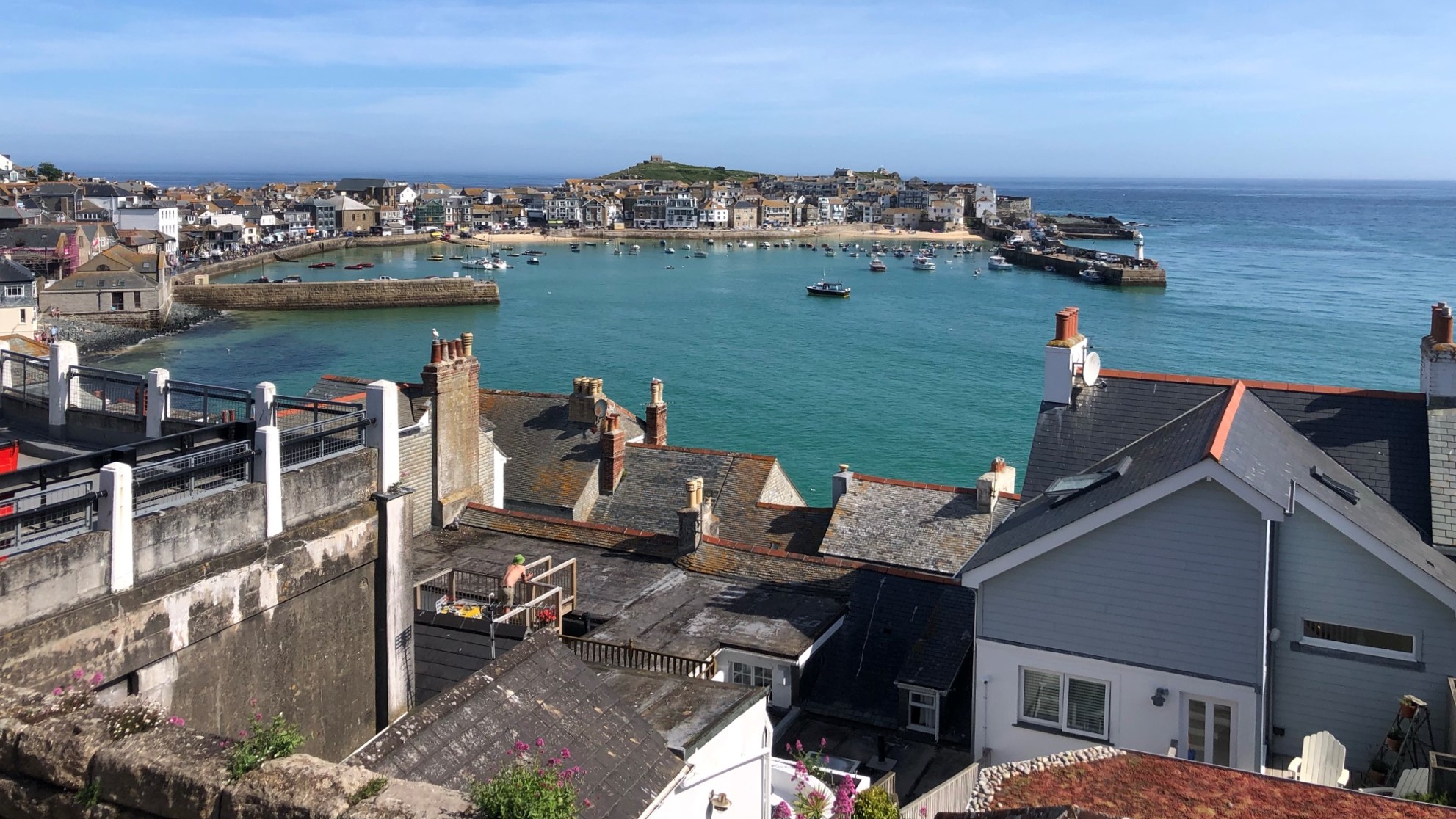
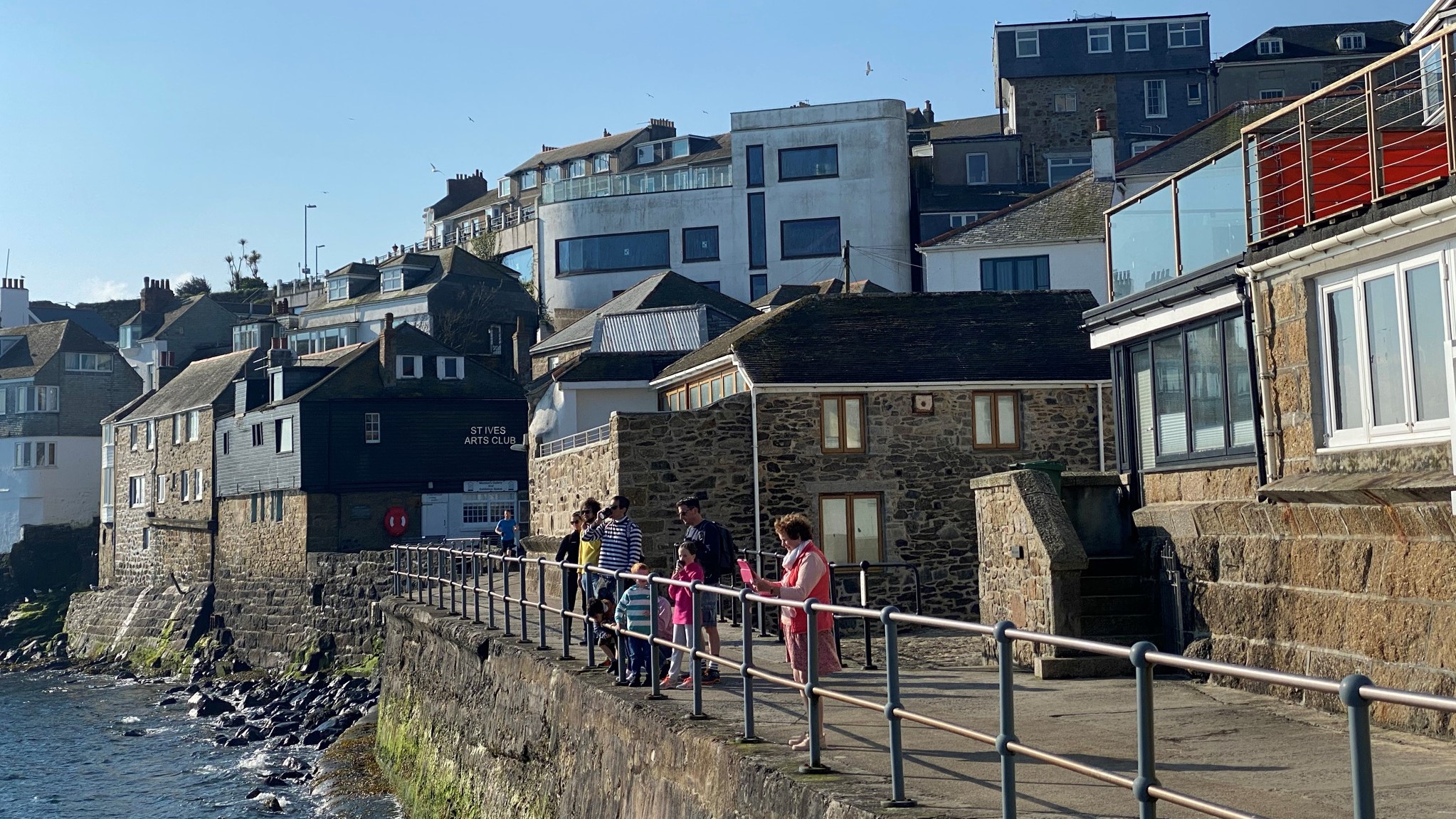

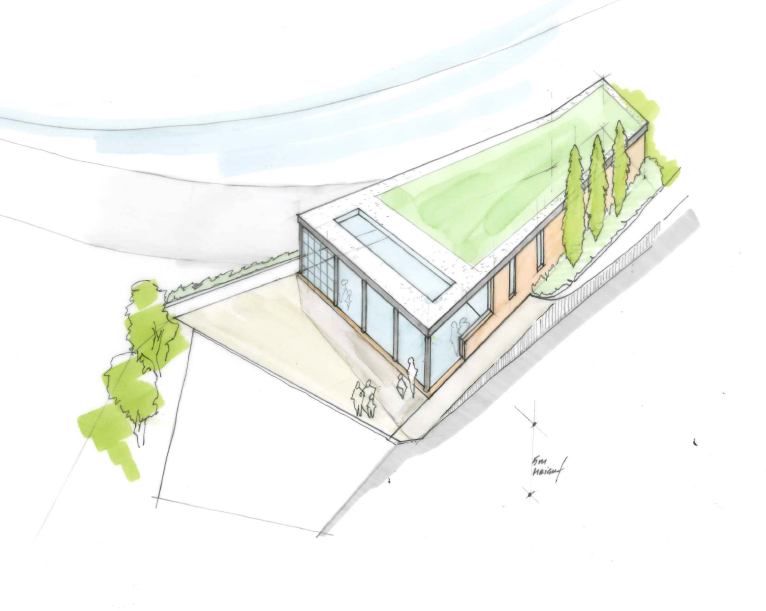
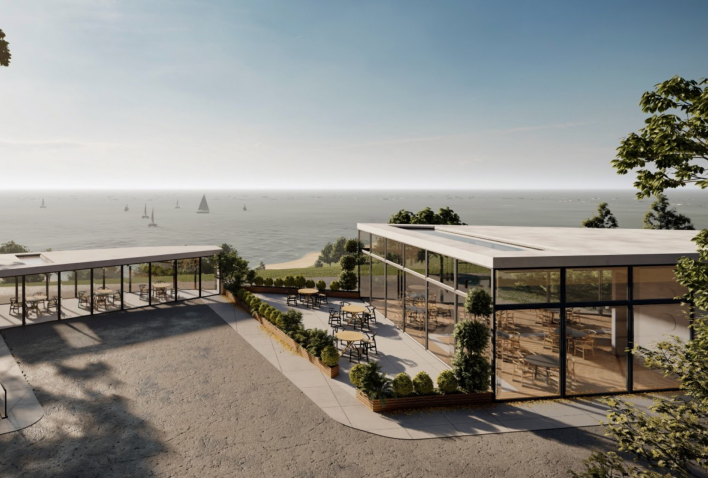
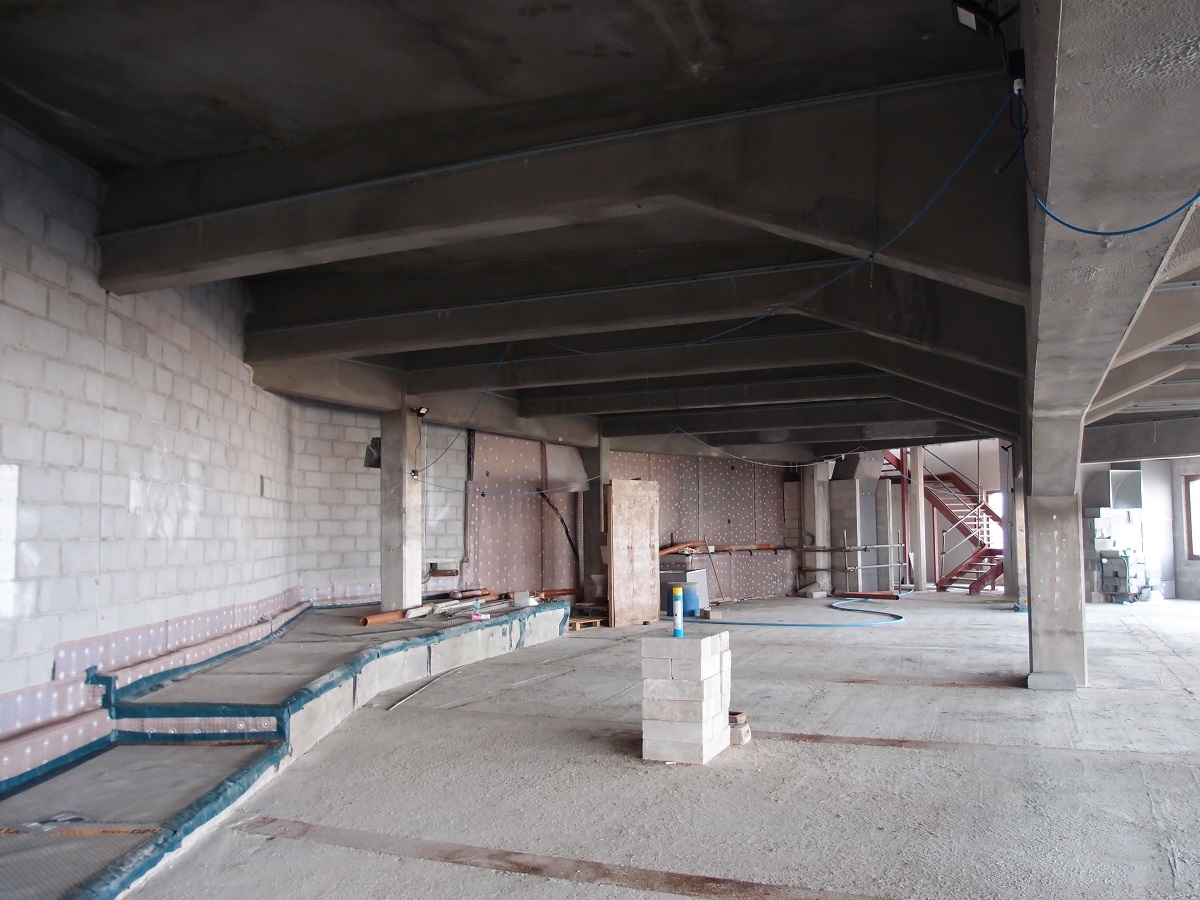

St Peters Church Hall
St Peters Church Hall in St Leonards on Sea is Grade 2* listed and JDA have acquired consent to convert buildings into private live work residence. Building has been vacant for several years and requires extensive restoration. New floating mezzanine decks with accommodation are to be introduced, whilst maintaining open plan double height spaces.
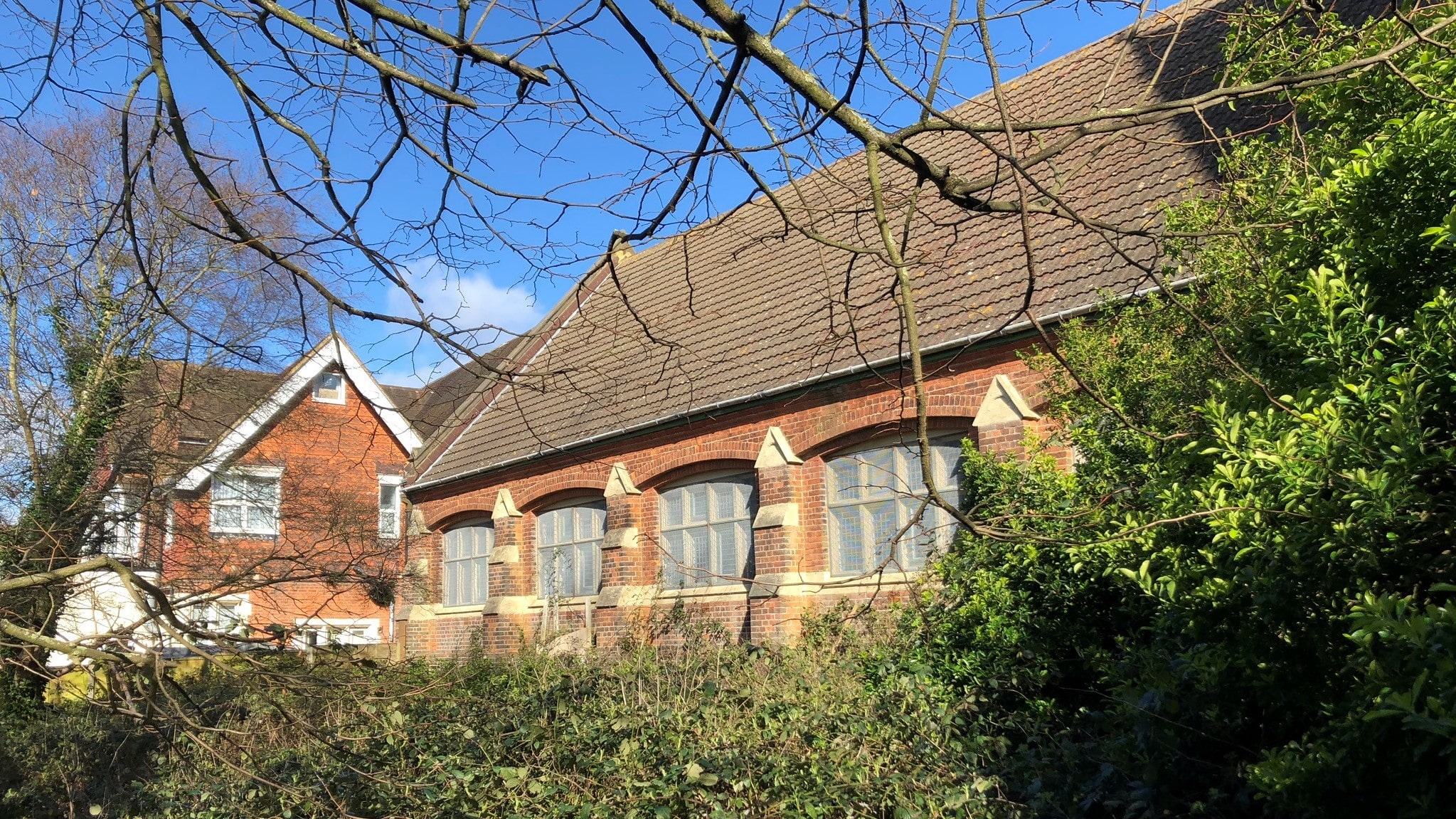
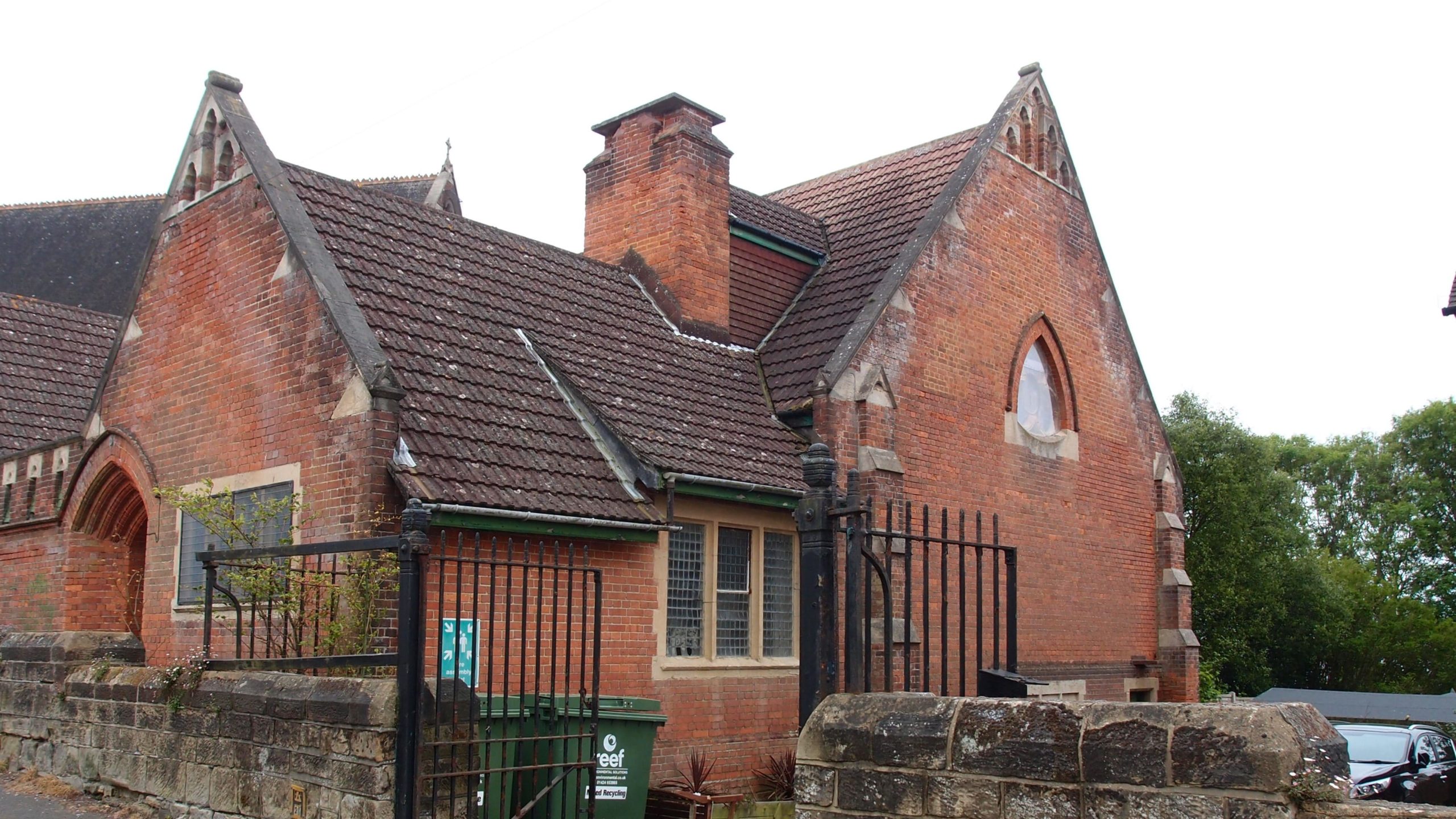
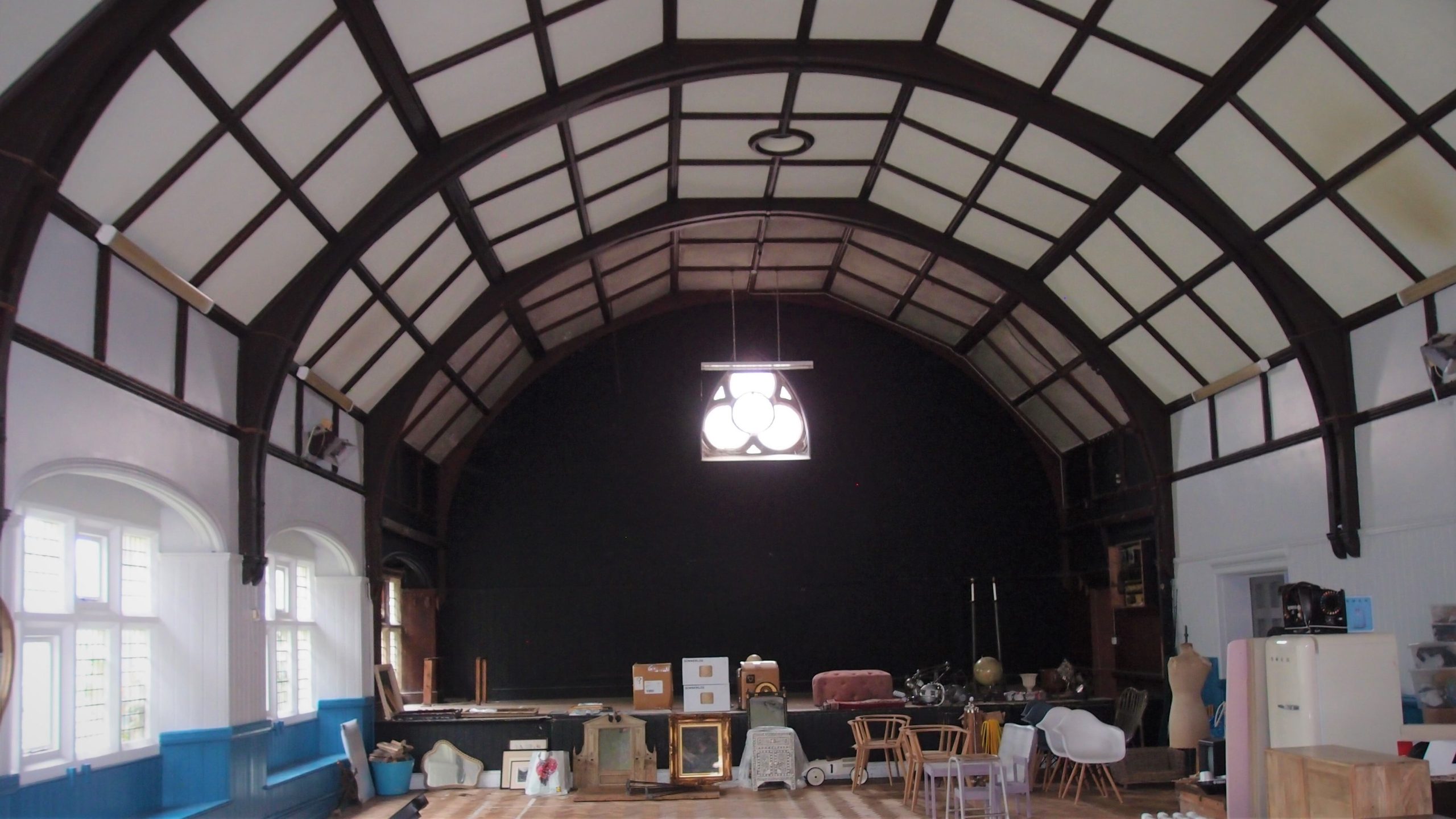
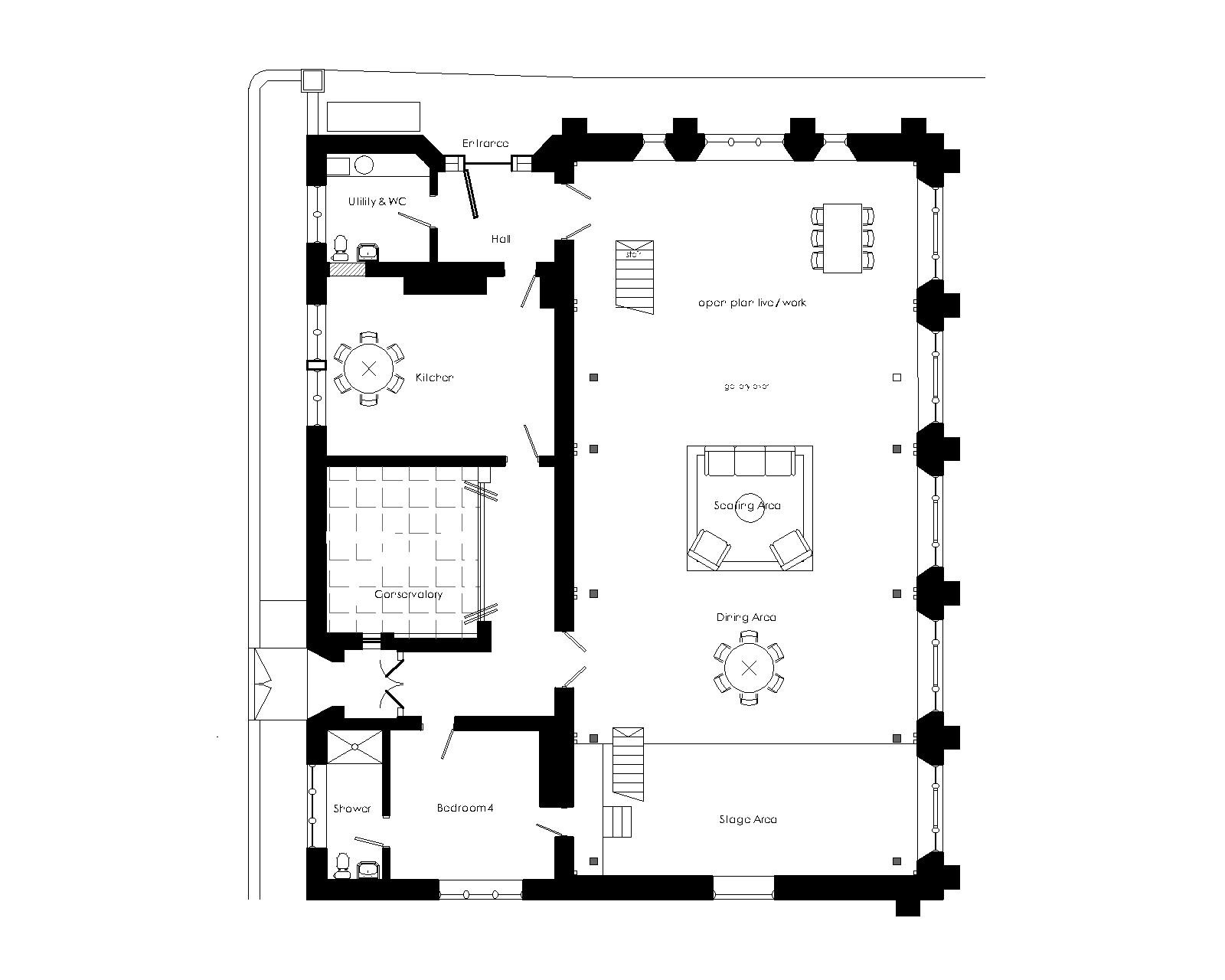
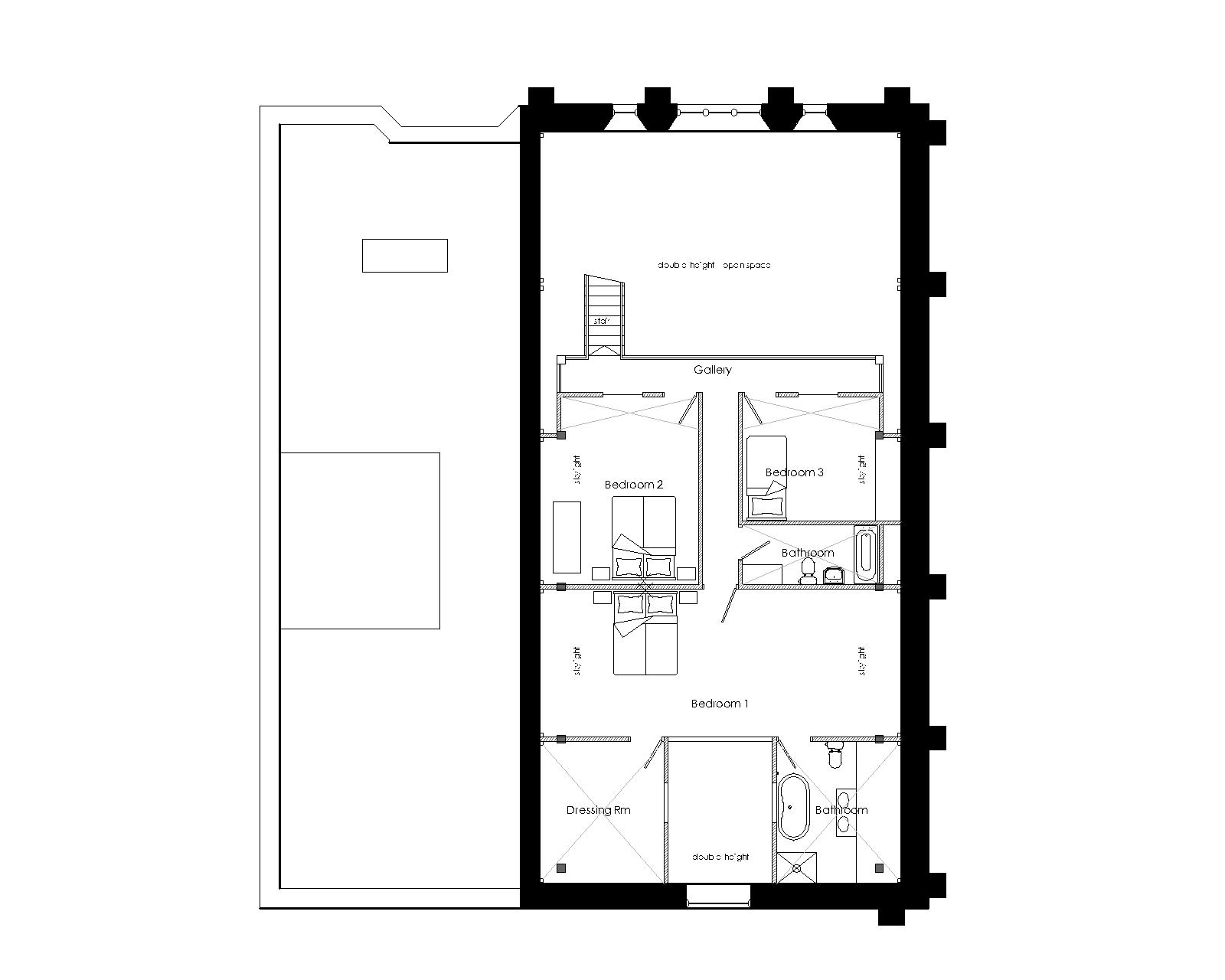
Starlock House
Starlock House in Rye on the Military Road- only the 3rd house in the UK to be built in the International Modern style by Architect Frank Scarlet. Designed and built for Colonel & Mrs Templar in 1930 overlooking Romney Marsh. JDA have completed structural and refurbishment works to the exteriors of the house using matching materials and details to fully restore this unique house

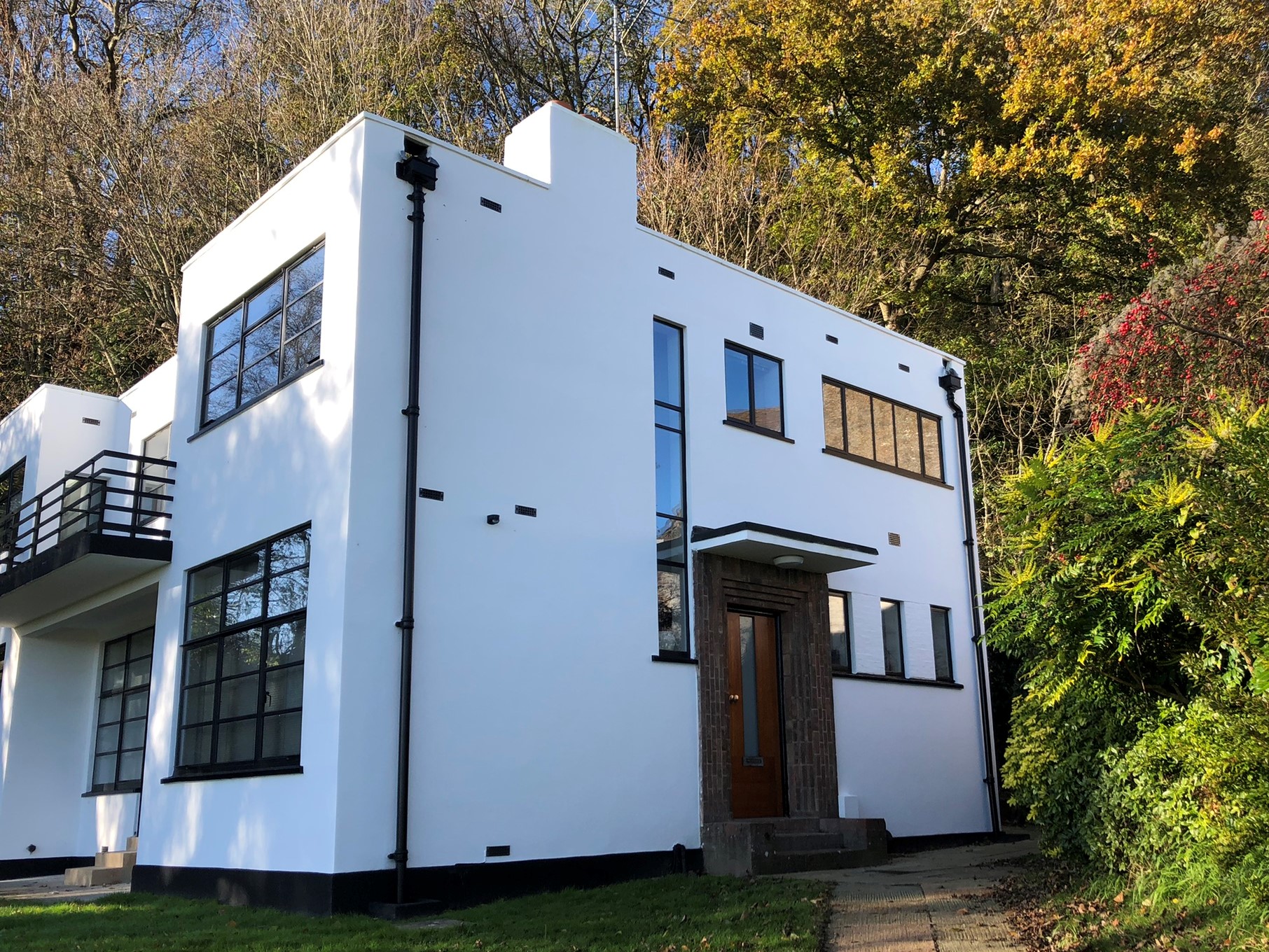
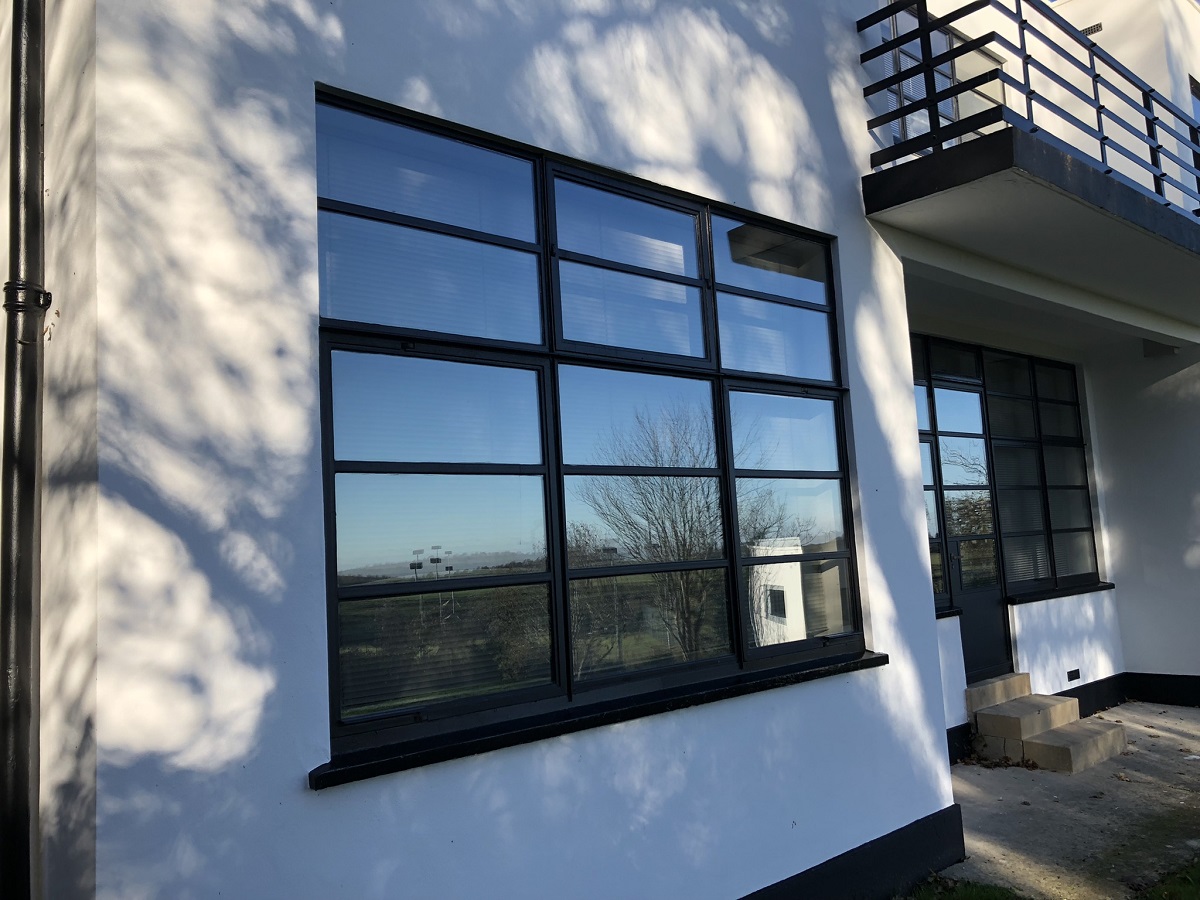
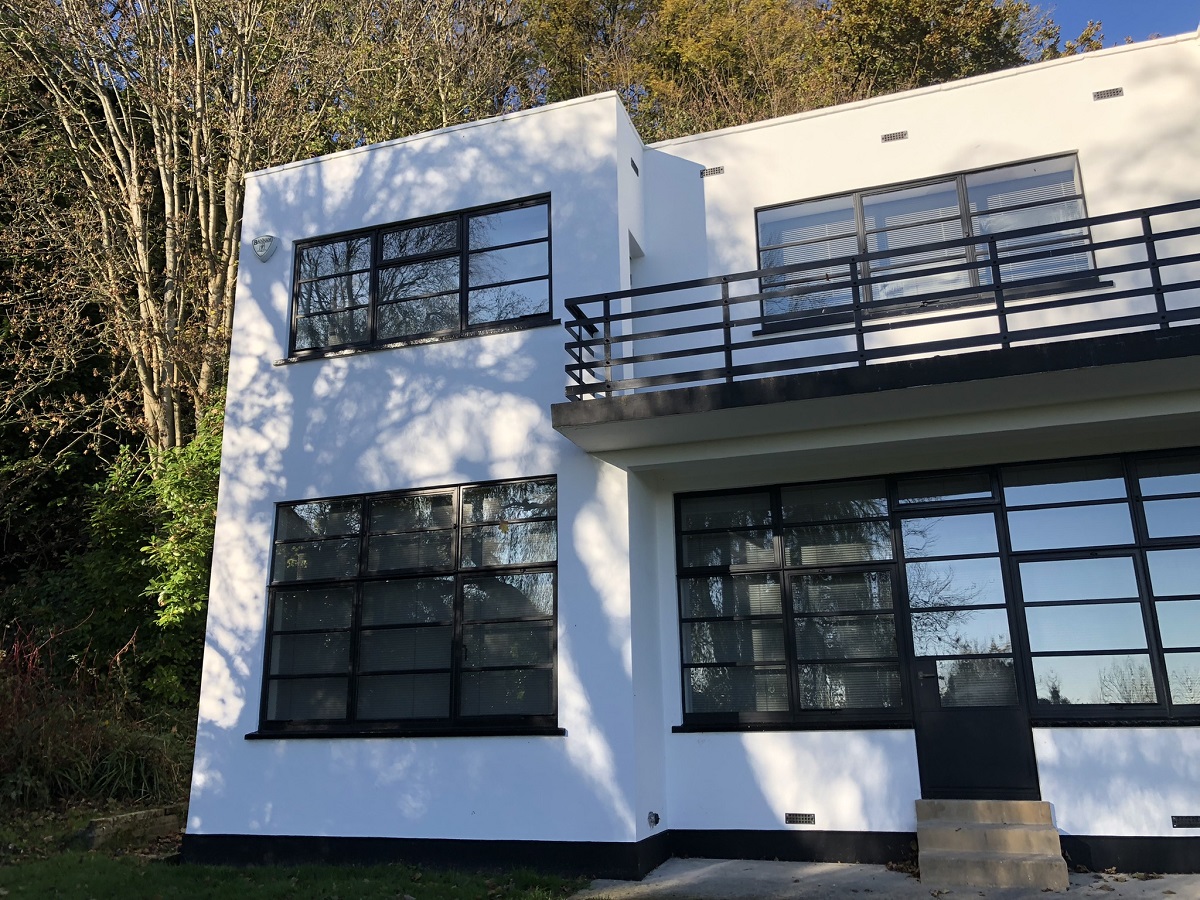

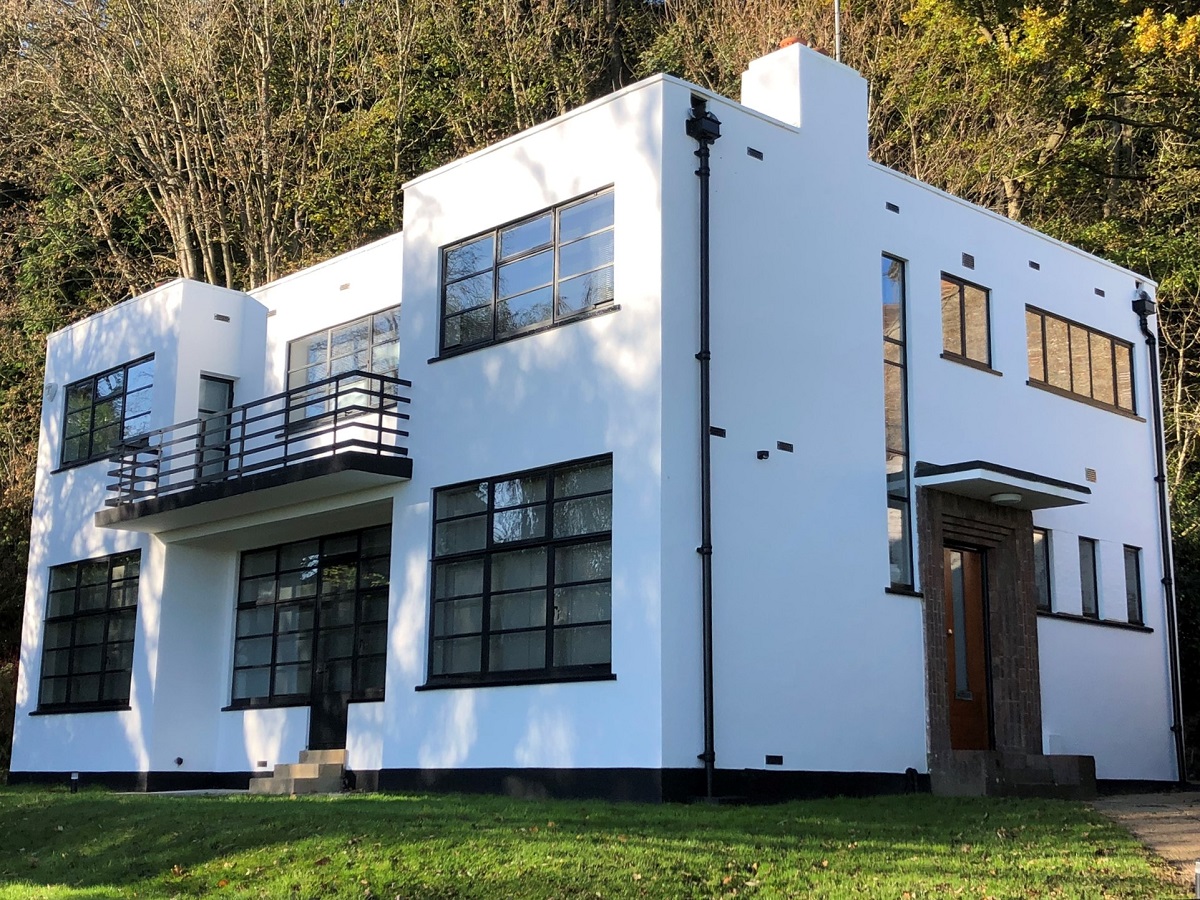

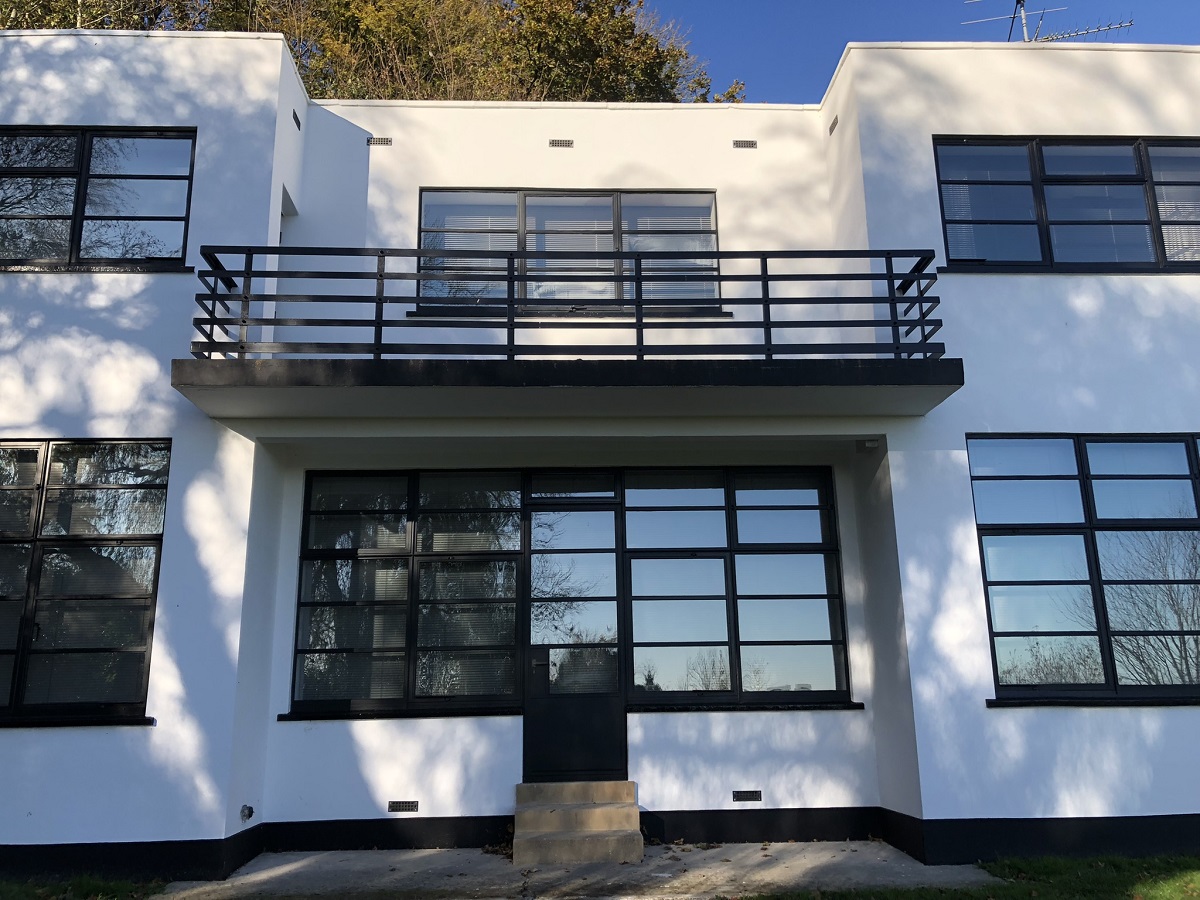

The Revival of Modular Prefabricated Housing

Prefabricated and modular architecture in the UK is undergoing a revival, due in part to the current housing crisis. Many developers and architects are looking at ways to produce high quality and cost-effective solutions that can be built quickly.
In 2017, Dunn Architects was commissioned to conduct extensive research on the revival of modular construction. The purpose of our research was to achieve cost efficient, high quality solutions, in addition to speed and efficiency in how each unit can be built and delivered in the context of the current housing crisis. The final report was the beginning of a series of projects assigned to our practice.
Prefab isn’t new!
Prefabricated systems (prefab), use pre-planned components or modules to build efficient, high quality and economic units. Dimensional grids, high technical standards, lower costs and the repetition of components are essential to the viability of modular construction techniques.
Whilst there are historic examples of prefab buildings such as 17th century oak frame barns in England and 18th century Tatami houses in Japan, the 19th century industrial revolution marked the beginning of prefab structures as we perceive them today.

The benefits of BIM 3d design for residential architecture
The last 10 years has seen significant change for architects with the adoption of new design systems and in particular, Building Information Modelling (BIM) using the 3D Revit platform. The benefits of BIM are widely accepted, and we were particularly keen to achieve a step change in coordination and collaboration with our partner structural and M&E engineers.
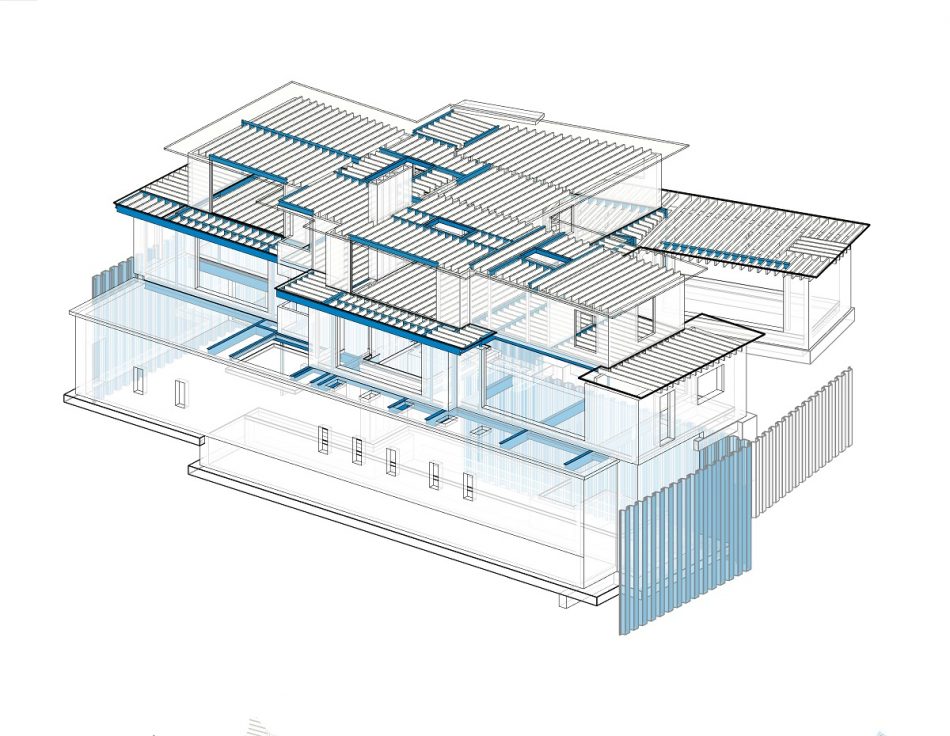
Above: Taperfield House, 3D Views, Sections and Elevations. Courtesy JMLA Structural & Civil Engineers.
One of our pilot projects, a 850sqm house in the UK, demonstrates how we have been able to visualise, collaborate and co-ordinate. It quickly became apparent that Revit is a versatile and flexible tool that brings benefits to all stages of the design process. It has allowed us to model the building in a virtual conceptual form which has helped to guide the client through key design decisions with the use of camera shots and walk-throughs of their virtual home.

Above: Taperfield House, 3D Views, Sections and Elevations. Courtesy JMLA Structural & Civil Engineers.
The real benefit of this process became apparent during the construction drawing stage, where we have been able to fully coordinate a relatively complex structure with the building fabric by close collaboration with the structural engineers JMLA and by the collaborative development of both the architectural and structural Revit models.
Building a database and ironing out clashes is of course a learning curve, but the opportunities to improve productivity are more pronounced and allow faster project delivery.
Due to the efficiencies of Revit, we will be able to resolve most, if not all clashes by the time we tender the project, thus avoiding unforeseen site anomalies and their associated costs. This will undoubtedly reduce the time spent by the consultant team re-designing the scheme or finding ‘work-arounds’ and will avoid any delays to site works.
Working with BIM guarantees effective building construction projects. By streamlining the design process, time and money is saved in the long run, which is great for the client and for building designers who will progressively improve their return on investment.
Remodelling of cottage about to start
Construction will begin in March for the remodeling and extension of Lantern Cottage in Sevenoaks situated in a 100 year old Grade II listed Japanese Garden.
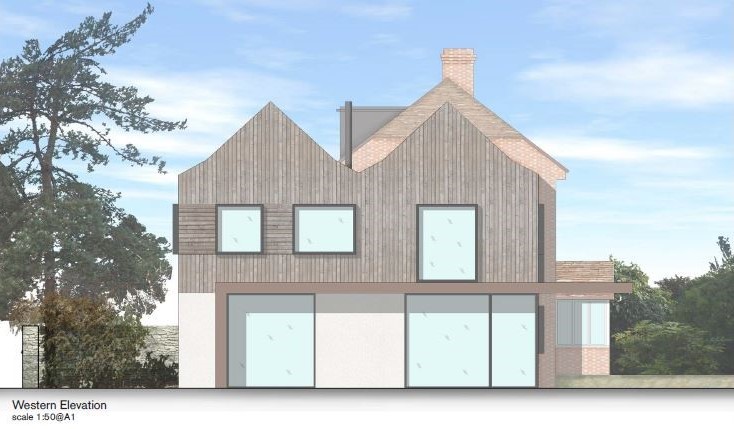
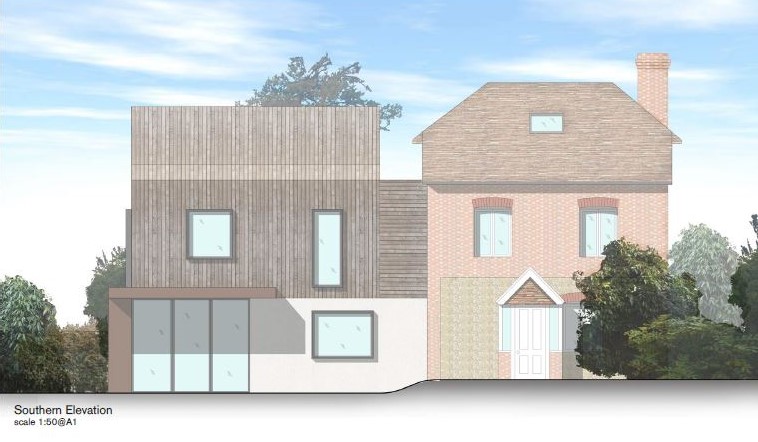
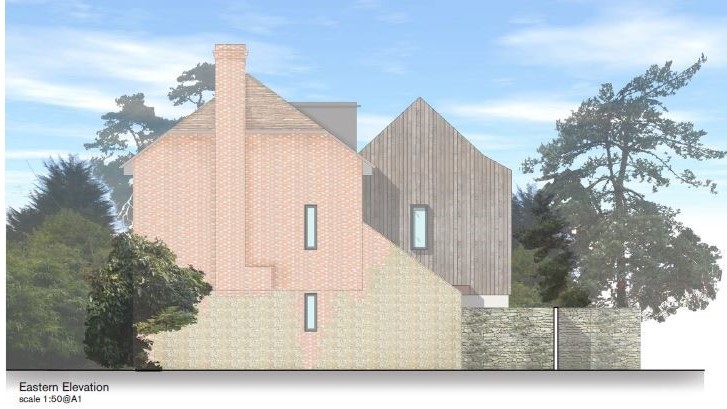
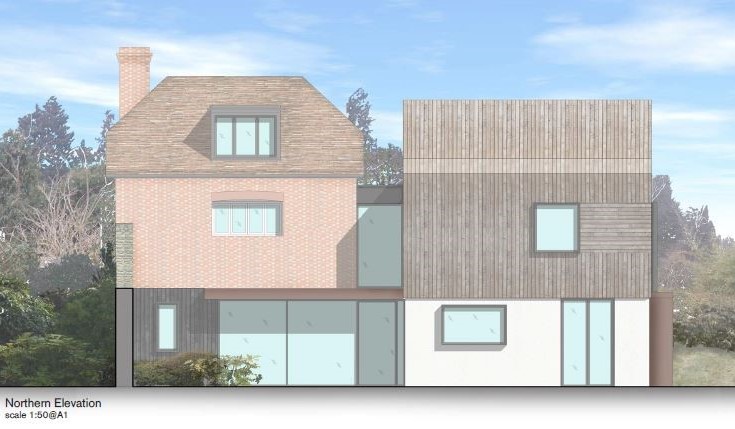
Quick Progress in Dubai
Mirdif Hills North Village, our project in Dubai has already reached the 4th floor! Jonathan Dunn and team on site.
